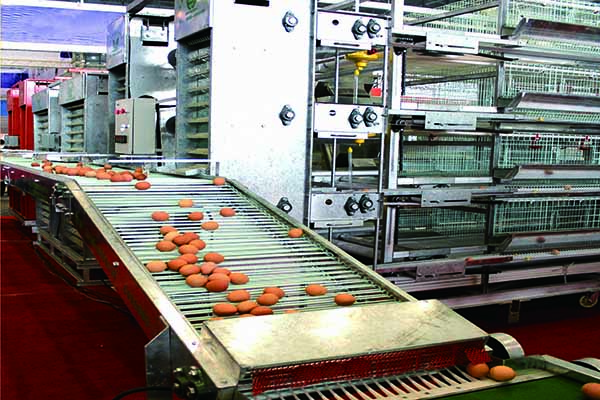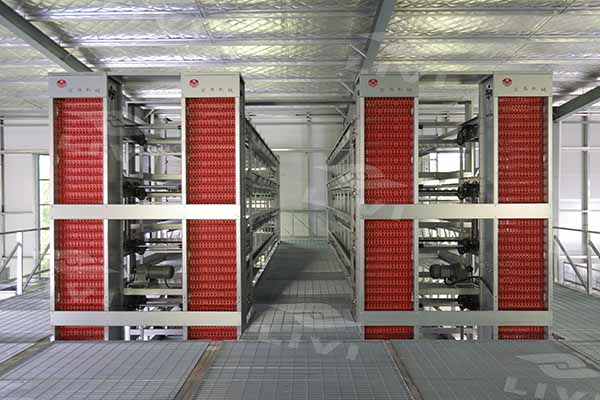
As commercial poultry operations surpass flocks of over 10,000 laying hens, conventional flat-layer cages struggle to meet the growing demand for operational efficiency and scalability. The poultry industry faces critical challenges including rising labor costs, complex sanitation procedures, and increased flock stress, all of which hinder consistent egg production and margin optimization.
Large-scale poultry farms today grapple primarily with three interrelated difficulties:
In response, poultry technology innovators such as Zhengzhou Liwei Machinery have championed the H-type 3D layered design. By vertically expanding the usable space, each layer operates as an autonomous unit with dedicated ventilation and feeding corridors, resulting in a more harmonious environment for both workers and birds.
This engineering advancement increases unit-area carrying capacity by up to 30%, liberating ground space while enhancing bird comfort by mitigating overcrowding stresses.

The integration of automated manure belts and conveyor-assisted egg collection translates to a measurable step-change in operational KPIs:
| Metric | Traditional Flat-Layer Cages | H-Type Layered Cage System |
|---|---|---|
| Daily Egg Collection Efficiency | 85% | >98% (15% Improvement) |
| Labor Hours Saved per 10,000 Hens | ~120 hours/day | ~24 hours/day (80% Reduction) |
| Sanitation Turnover Time | >8 hours/session | <2 hours/session with Automated Cleaning |
These productivity enhancements empower managers to redeploy valuable human resources, pivoting from intensive manual tasks toward strategic flock management and biosecurity oversight.

Beyond kinetics and ergonomics, material engineering lies at the heart of long-term investment viability. The H-type cage frameworks employ galvanized steel combined with aluminum-zinc alloy coatings, delivering superior corrosion resistance under high humidity and ammonia-rich conditions typical of poultry houses.
This robust finish reliably ensures 15 to 20 years of structural integrity with minimal maintenance, further elevating the system’s total cost advantage by deferring replacement cycles and reducing downtime.

High temperature periods and egg-laying peaks often stress hens, detrimentally affecting production rates and health indicators. The independently ventilated H-type layers facilitate superior temperature control and air circulation, significantly reducing heat stress and minimizing flock agitation.
Zhejiang-based poultry farmer Liu’s feedback summarizes the system’s impact:
“Since upgrading to the layered cages, we’ve witnessed 20% fewer health incidents and more consistent production, easing labor strain and increasing our farm’s profitability.”
Experts advocate a customized approach to layer configuration, contingent on barn dimensions, flock size, and regional climatic patterns. Selecting an optimal number of tiers and ensuring precise installation alignment maximize airflow and facilitate maintenance.
Embedding these design principles within a holistic farm management strategy transforms traditional operations from labor-intensive endeavors into intelligent, sustainable enterprises.

